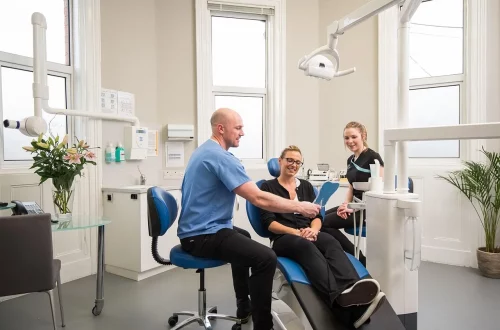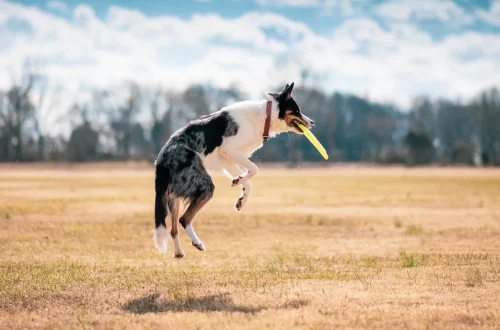
Understanding Achilles Tendon Rupture Through Compelling Photos
The Achilles tendon, the largest tendon in the human body, serves as a critical connector between the calf muscles and the heel bone, enabling essential movements such as walking, running, and jumping. While this tendon is designed to withstand significant stress, it is also susceptible to injuries, particularly ruptures. Such injuries can drastically alter an individual’s lifestyle and physical capabilities. Understanding the complexities of an Achilles tendon rupture is crucial for both prevention and recovery.
Images can powerfully convey the reality of this injury, providing insights that words alone cannot capture. Through compelling visuals, we can grasp the physical and emotional toll of an Achilles tendon rupture, allowing us to appreciate the gravity of the situation. These photos often depict not only the anatomical damage but also the recovery journey, showcasing the resilience and determination required to heal.
In this exploration, we will delve into various aspects of Achilles tendon ruptures, including their causes, symptoms, and the rehabilitation process. By examining these elements through striking imagery, we aim to foster a deeper understanding of this common yet serious injury.
Causes of Achilles Tendon Rupture
Achilles tendon ruptures can occur due to a variety of factors, often stemming from a combination of physical stress and underlying health conditions. One of the primary causes is sudden, intense physical activity, particularly in sports that involve quick accelerations, abrupt stops, or jumps, such as basketball, tennis, and soccer. These activities can place an enormous amount of strain on the tendon, leading to a potential rupture, especially in individuals who may not have adequately warmed up or conditioned their muscles.
Another significant factor contributing to Achilles tendon ruptures is overuse. Athletes and individuals who engage in repetitive high-impact activities may experience chronic wear and tear on their tendons. This cumulative damage can weaken the tendon over time, increasing the risk of injury, particularly as one ages. In fact, studies have shown that older adults are more susceptible to tendon injuries, partly because tendons lose their elasticity and strength with age.
Additionally, certain medical conditions and medications can predispose individuals to Achilles tendon injuries. Conditions such as obesity, diabetes, and systemic diseases can affect tendon health and resilience. Furthermore, the use of certain antibiotics, like fluoroquinolones, has been associated with an increased risk of tendon ruptures, highlighting the importance of understanding the potential side effects of medications.
Injuries can also stem from biomechanical factors. Individuals with flat feet or high arches may place additional strain on their Achilles tendons, making them more vulnerable. Similarly, improper footwear that lacks adequate support can exacerbate the risk of an injury during physical activity.
Visual representations of these causes can provide a stark reminder of the importance of proper conditioning, gear, and awareness of personal health. These images can illustrate the dynamic nature of sports and the potential risks involved, serving as a cautionary tale for athletes at all levels.
Recognizing Symptoms of an Achilles Tendon Rupture
Identifying the symptoms of an Achilles tendon rupture is crucial for prompt diagnosis and treatment. The initial experience of an individual may be characterized by a sudden and sharp pain in the back of the ankle or calf, often described as feeling like a kick or a sudden snap. This acute pain can lead to immediate difficulty in walking or bearing weight on the affected leg.
In addition to pain, swelling around the ankle may become apparent within hours of the injury. The area may feel tender to the touch, and bruising can develop as blood vessels break due to the trauma. A visual representation of this swelling and bruising can effectively convey the severity of the injury, highlighting the body’s inflammatory response to the rupture.
Another telltale sign is the inability to perform specific movements, such as standing on the toes or pushing off the foot while walking. Affected individuals may notice a distinct weakness in the calf muscle, leading to an altered gait. These functional limitations can be alarming, particularly for active individuals who rely on their mobility for daily activities or sports.
Compelling photos that capture the essence of these symptoms can serve as an educational tool, enabling individuals to recognize the signs of an Achilles tendon rupture. Such images can also foster empathy for those who suffer from this injury, allowing observers to appreciate the challenges faced during the recovery process.
The Road to Recovery: Rehabilitation Process
Recovering from an Achilles tendon rupture is a multifaceted journey that often requires a comprehensive rehabilitation program. The first step typically involves immobilization of the affected area, usually through the use of a splint or cast, to allow the tendon to heal properly. This phase may last several weeks, during which individuals are encouraged to keep weight off the injured leg to minimize further damage.
Once the initial healing phase has passed, physical therapy usually begins. Rehabilitation exercises focus on restoring strength, flexibility, and range of motion to the ankle and calf. A combination of stretching, strengthening, and balance exercises is essential for regaining function. Visuals depicting exercises and therapy sessions can provide invaluable insight into the rehabilitation process, illustrating the hard work and dedication required for recovery.
In many cases, individuals may also benefit from the use of modalities such as ultrasound or electrical stimulation to promote healing. These techniques can be visually represented through images of therapy sessions, showcasing the supportive environment of rehabilitation facilities and the specialized techniques employed by physical therapists.
As individuals progress through their rehabilitation, they may gradually return to their usual activities. However, it is crucial to approach this phase cautiously, as resuming high-impact activities too soon can lead to re-injury. The road to recovery can be long and challenging, requiring patience and perseverance.
Images that capture the emotional aspects of this journey, including moments of frustration, triumph, and determination, can resonate deeply with those who have experienced similar injuries. These visuals serve as a reminder of the resilience of the human spirit and the importance of support from friends, family, and healthcare professionals during recovery.
Preventive Measures to Avoid Achilles Injuries
Preventing Achilles tendon injuries is of paramount importance, especially for athletes and individuals engaged in high-impact activities. The key to prevention lies in understanding the risk factors and implementing strategies to mitigate them. One of the most effective methods is to engage in proper warm-up routines before physical activity. This includes dynamic stretches and exercises that target the calf muscles and Achilles tendon, preparing them for the demands of exercise.
Strengthening exercises play a critical role in prevention as well. Integrating calf raises, eccentric heel drops, and other targeted exercises into a regular fitness routine can bolster the strength and flexibility of the Achilles tendon. Visual aids demonstrating these exercises can serve as helpful reminders for individuals looking to incorporate preventive measures into their regimen.
Furthermore, selecting appropriate footwear is essential. Shoes that provide adequate support and cushioning can significantly reduce the strain on the Achilles tendon during physical activities. Images showcasing the difference between proper and improper footwear can effectively illustrate this point, guiding individuals toward making informed choices.
Gradually increasing the intensity and duration of training sessions is another vital strategy. Many injuries occur when individuals push their bodies too hard too quickly. By following a progressive overload principle, athletes can build strength and endurance without overwhelming their tendons.
Lastly, regular check-ups with healthcare professionals can help identify potential issues before they escalate into injuries. These preventative measures, when visually represented, can create a powerful narrative that emphasizes the importance of proactive health management.
In conclusion, understanding Achilles tendon ruptures through compelling photos offers a unique perspective on this common injury. By exploring the causes, symptoms, recovery process, and preventive measures, we can foster greater awareness and appreciation for the complexities involved in tendon health.
**Disclaimer:** This article is for informational purposes only and does not constitute medical advice. For any health-related concerns, please consult a qualified healthcare professional.




